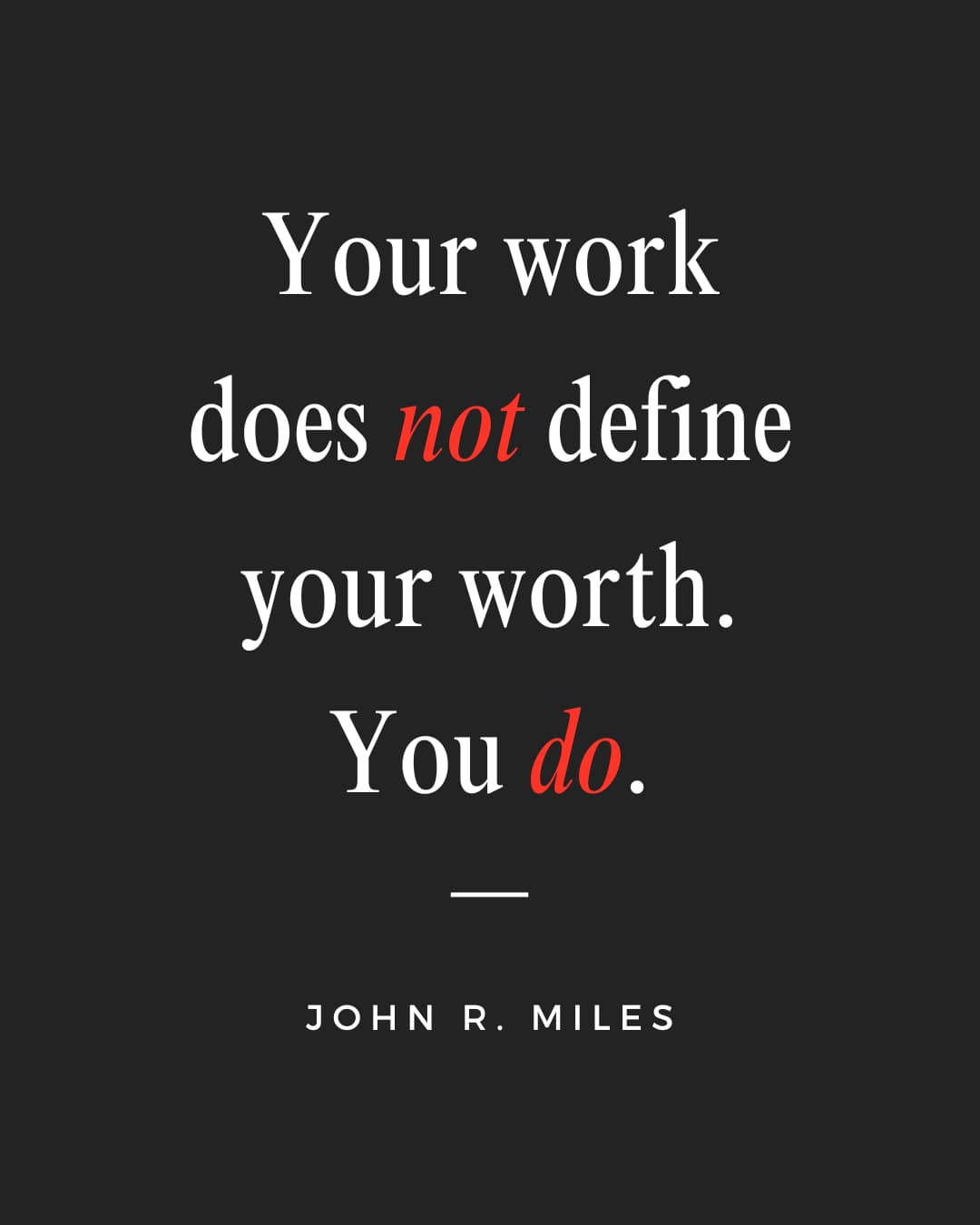The Fulfillment Gap
Why most jobs drain us—and how to reclaim meaning before it’s too late.
It starts with a corner office.
Not mine—but Julie’s.
From the outside, her life looked like a highlight reel: mingling with celebrities, producing viral campaigns, leading the social voice of a brand with millions of followers. The kind of success most people scroll through Instagram and think, She’s made it.
But behind the curtain, Julie was unraveling.
Crying in her boss’s office. Being belittled by executives. Feeling like a failure week after week.
And then one morning, at 9:03 a.m., it was all gone. A layoff email. A cardboard box. An escorted walk to the parking garage.
On the surface, it was an ending. In reality, it was the beginning.
Because what Julie discovered on the other side of that humiliation is something millions of us never pause to ask:
What’s the true cost of my work—and what’s it giving back in return?
The Hidden Divide
Gallup’s latest State of the Global Workplace report is sobering:
Six in ten employees are emotionally detached from their work.
Nearly one in five say they’re downright miserable.
In the U.S., worker stress has topped 50%—the highest of any developed economy.
That’s not just disengagement. Gallup calls it The Great Detachment. People aren’t necessarily quitting their jobs. They’re quitting on the inside.
And yet… there’s a smaller, growing group who are thriving. They don’t love every task, but they can trace a line between what they do and what they believe in. They see their work as meaningful. And the health benefits—lower stress, longer lives, greater resilience—are profound.
So what separates the drained majority from the thriving minority?
It isn’t just perks or paychecks.
It’s what I call The Fulfillment Gap—the distance between the work you do and the meaning you hope it will bring.
Why It Matters
Here’s the thing: The Fulfillment Gap doesn’t stay at the office.
It follows you into your health, your relationships, even your sense of self.
When work drains you instead of sustains you:
Stress hormones flood your body.
Resentment erodes your resilience.
Your identity starts to wither.
But when work aligns with your values, it becomes something else entirely: a source of energy, connection, and vitality.
As I’ve said before, work is not separate from wellness. Work is wellness—or unwellness—in disguise.
But here’s the problem: most of us don’t realize we’ve fallen into the Fulfillment Gap until it’s too late. Until the migraines, the Sunday-night dread, the lost sense of who we are.
So how do you spot it before the breaking point? And more importantly—how do you close it?
That’s where I want to take you next. In the rest of this piece, I’ll share:
The 4-step framework I use with leaders and high performers to realign work with wellness.
The silent myths about meaningful work that keep people trapped in cycles of burnout.
Practical exercises you can use this week to start reclaiming energy, purpose, and resilience.
Because here’s the truth: fulfillment isn’t found in the job description. It’s built—one intentional choice at a time.
👉 This part of the story continues for paid subscribers.
Closing the Gap
So how do you bridge it?
Not by waiting for a crisis. Not by burning it all down.
It starts with awareness. Naming what gives you energy—and what drains it. It grows with alignment: reconnecting to your values and asking if your work reflects them. And it compounds through micro-shifts: small choices that bend your career back toward meaning.
Because here’s the truth:
Fulfillment isn’t found in a job description.
It’s built on the alignment between who you are and how you show up every single day.
This Week’s Challenge
Grab a sheet of paper. Draw two columns. Label one Energy Gains, the other Energy Drains.
Fill them in as honestly as you can. Then ask yourself:
What’s one micro-shift I can make to reduce a drain?
What’s one way I can amplify a gain?
Don’t overthink it. Don’t make it big. Start small. Because small shifts compound—just like Julie discovered when her layoff forced a pause that became her turning point.
The Quiet Truth
We spend 80,000 hours of our lives at work. That’s too much time to spend invisible, misaligned, or depleted.
Your worth isn’t defined by a paycheck or a title.
It’s defined by alignment—between your work, your health, and your deeper purpose.
And when you begin to close your Fulfillment Gap, you don’t just reclaim your career.
You reclaim your life.
📌 Call to Action: This week, audit your Energy Gains and Drains. Share one shift you’re making in the comments—I’d love to hear how you’re closing your own Fulfillment Gap.
Listen to the full Ad-Free episode below:
Download the Companion Reflection Guide and the Digital Workbook




